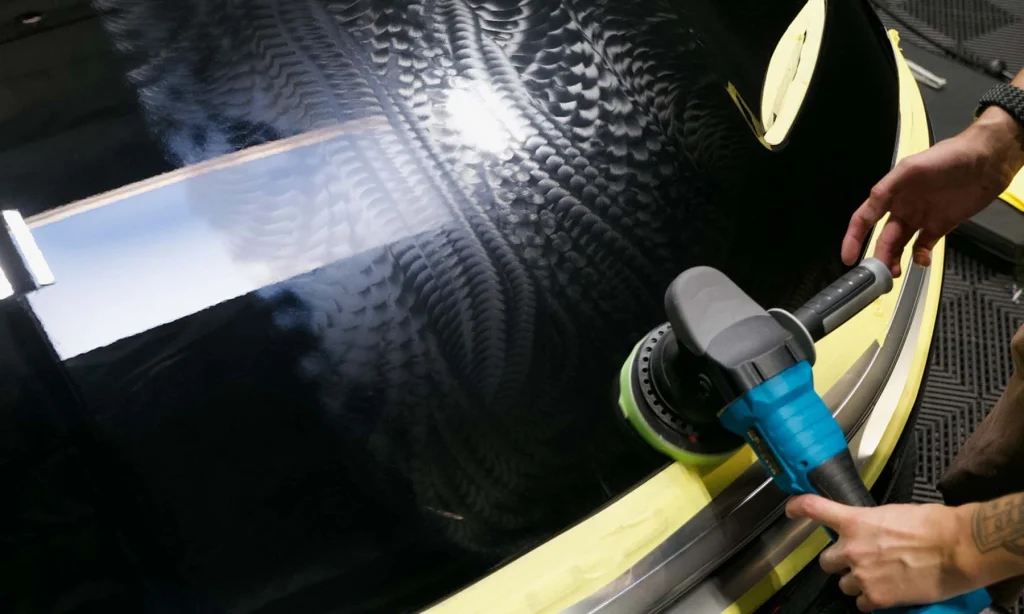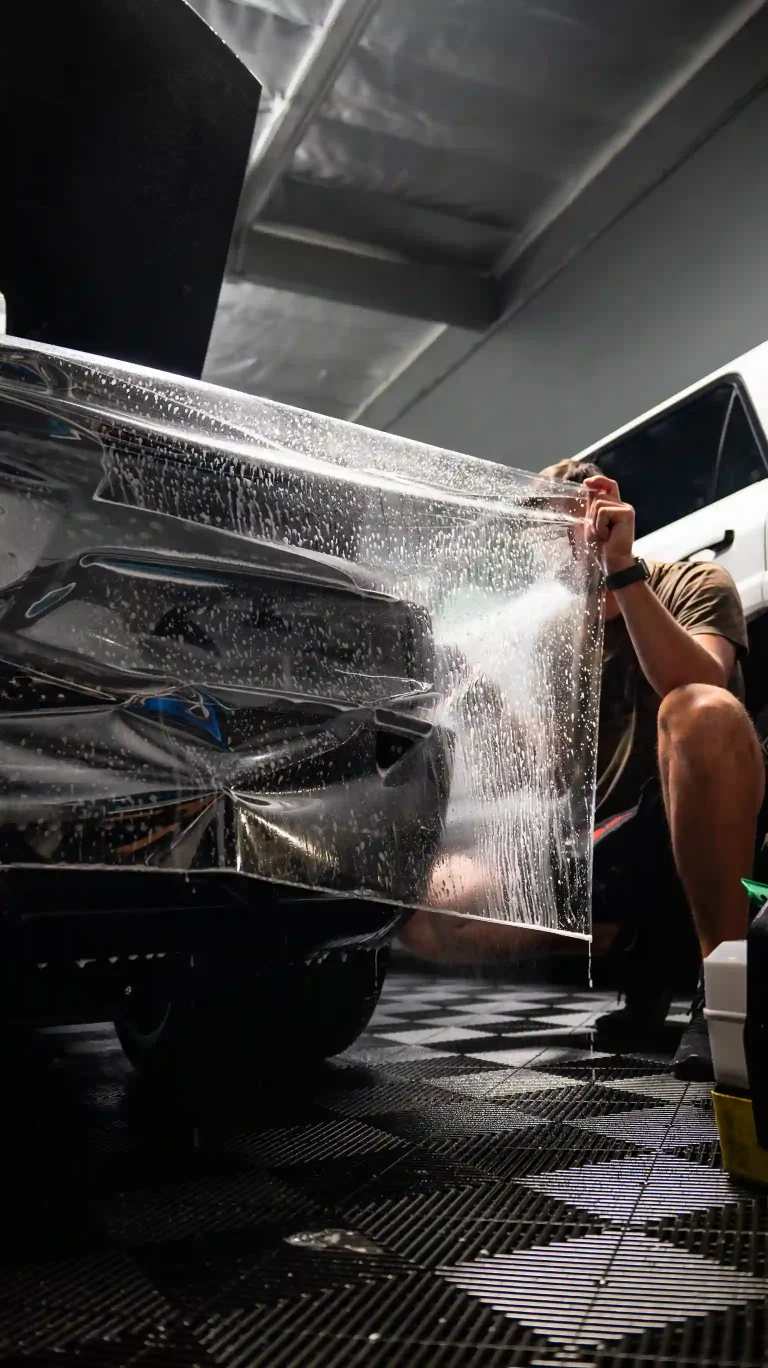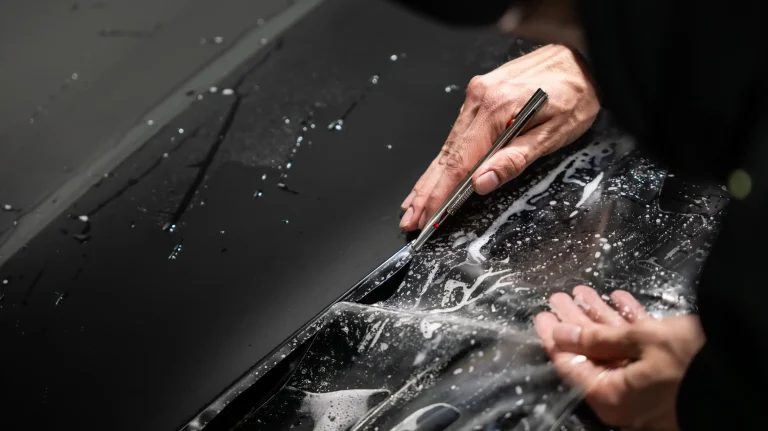
Science Of Ceramic Coating

Ceramic coating has become one of the most talked-about ways to protect your vehicle but what is it really, and why does it work so well?
Let’s break it down.
What Is Ceramic Coating?
Ceramic coating is a liquid polymer applied to your vehicle’s exterior. Once it cures, it forms a durable, invisible layer that bonds directly with the factory paint. Unlike wax or sealants that sit on top and wear away over time, ceramic coating offers long-term protection at a molecular level.
The Science Behind the Shine
Ceramic coatings are typically made from silicon dioxide (SiO₂), a natural compound found in sand and quartz. This compound crystallizes into a thin, glass-like layer on your paint, offering several key benefits:
Hydrophobic effect: Water, dirt, and grime bead up and roll off the surface.
UV protection: Blocks harmful rays that cause fading and oxidation.
Chemical resistance: Guards against contaminants like bird droppings, tree sap, and road salts.
Enhanced gloss: Deepens color and gives your car that coveted wet-look finish.
What Are the Real-World Benefits?
Less washing: Because nothing sticks, your car stays cleaner for longer.
Long-term protection: With proper care, the coating can last years, not weeks like wax.
Preserved value: Prevents paint damage and keeps your car looking newer, longer.
Is It Worth It?
If you care about your vehicle’s appearance and longevity, ceramic coating is a no-brainer. Whether it’s a daily driver, weekend showpiece, or luxury investment, ceramic coating offers science-backed protection with undeniable visual appeal.







